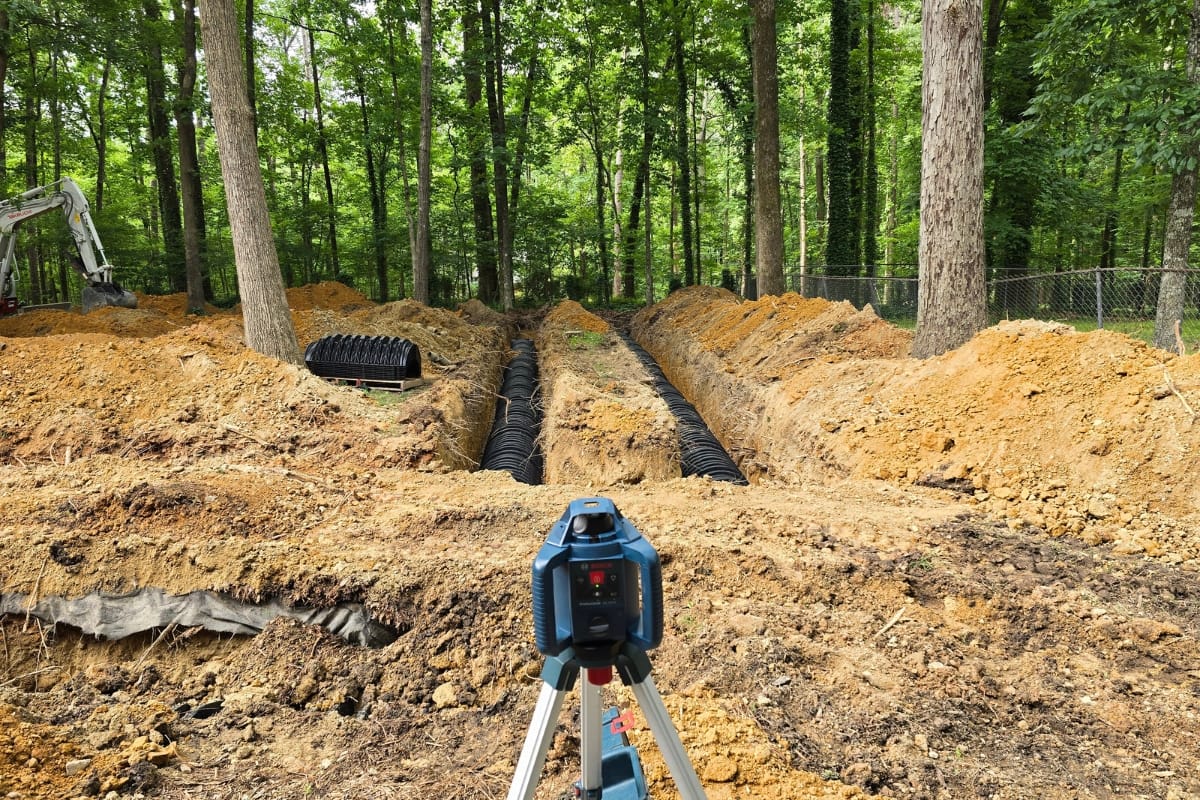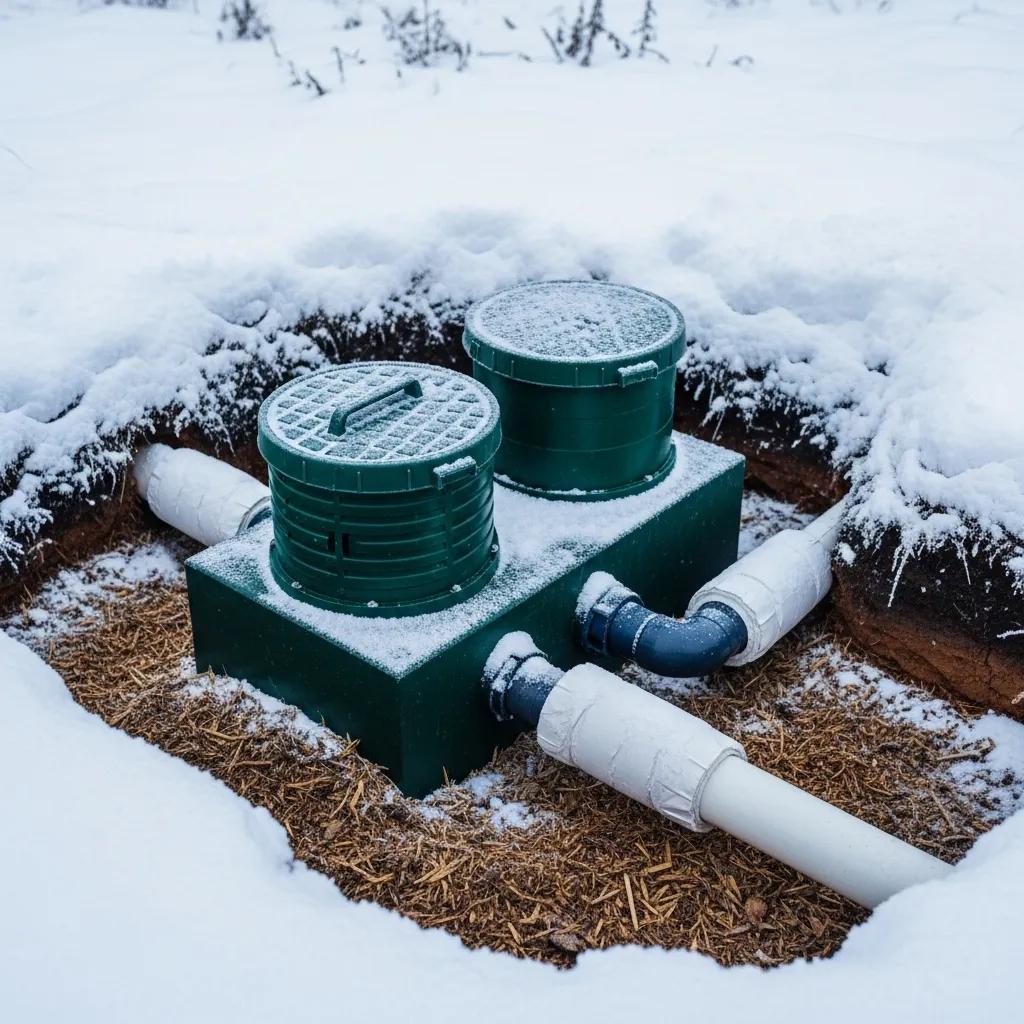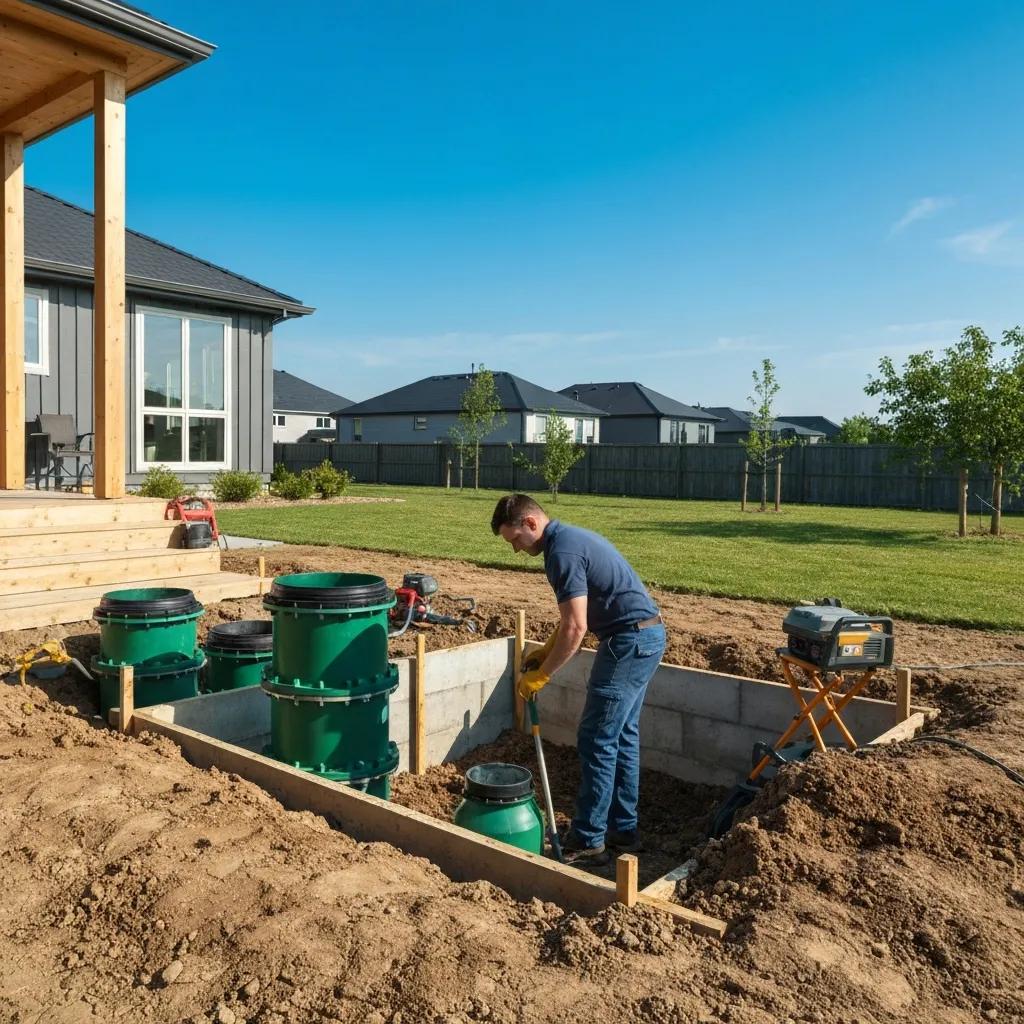Septic systems play a crucial role in managing wastewater, but their impact on soil health is often overlooked. Through regular septic tank inspections, timely septic tank installation, and efficient septic tank pumping, homeowners can ensure their systems function optimally while supporting their surrounding environment.
Are you curious about how septic system leach fields influence soil health, both positively and negatively? Keep reading to discover essential insights and innovative solutions related to septic systems and soil health!
The Importance of Septic System Leach Fields in Waste Management
Understanding Soil Absorption in Septic System Leach Fields
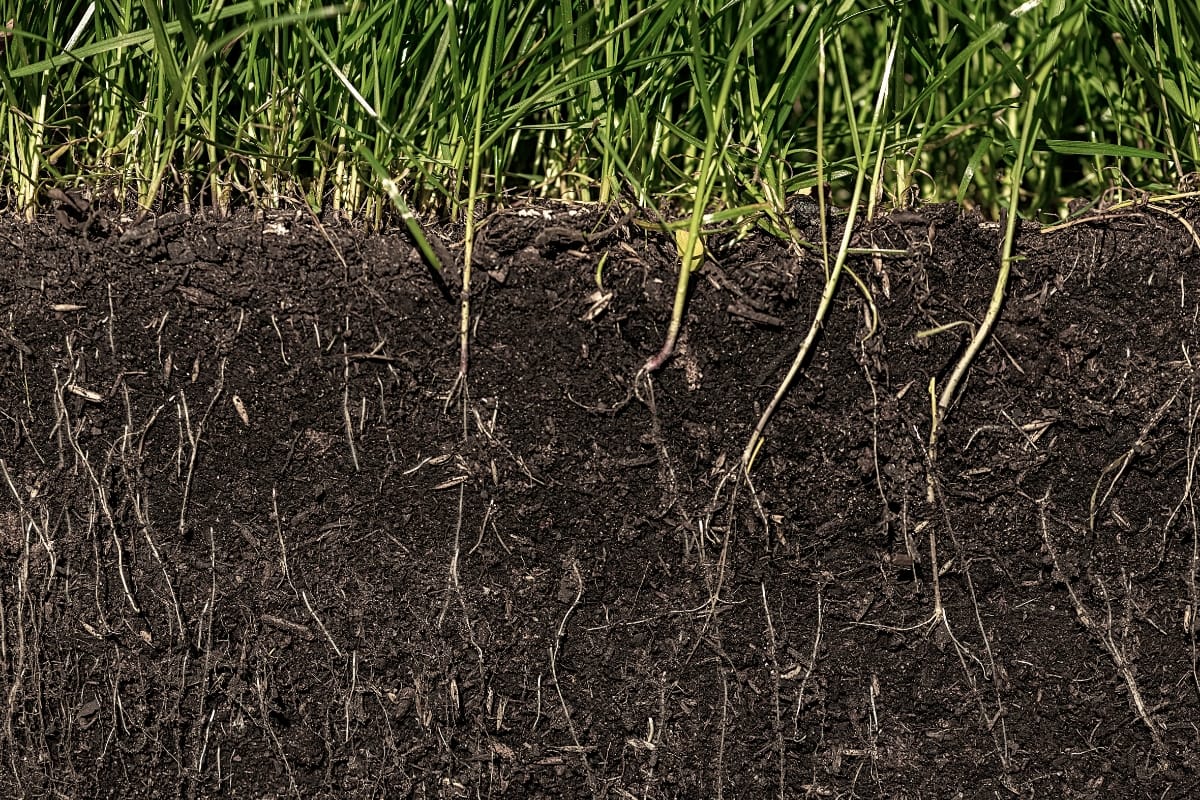
In a septic system, leach fields play a crucial role in treating wastewater before it enters the environment. Additionally, a well-functioning leach field should not be located near walls, ditches, or property boundaries to prevent any adverse effects on neighboring areas.
How Wastewater Is Treated in the Leach Field
In the septic system leach fields, wastewater undergoes a thorough treatment process, with the soil acting as a natural filter. As the wastewater is distributed across the floor of the septic system leach fields, it seeps through layers of sand and soil, which absorb and break it down.
The soil microbes engage in a cleaning process, utilizing natural disinfectants found in the soil to break down harmful substances present in the wastewater, effectively reducing the volume of contaminants.
- The wastewater flows into the leach field from the septic tank.
- As it spreads across the floor, it filters through layers of sand.
- Microorganisms in the soil treat the wastewater by breaking down pollutants.
- This process minimizes the volume of contaminants, protecting the environment.
- A reasonable fee for regular maintenance ensures the leach field functions effectively.
The Role of Soil Texture and Composition
The texture and composition of soil significantly impact its permeability, which in turn affects how well a leach field functions.
Sandy soils tend to have higher permeability, allowing wastewater to drain quickly, while clay-rich soils can hinder drainage, creating potential issues like water pollution or the need for more frequent pumping.
Additionally, the presence of certain chemicals, such as pesticides, can interfere with the soil’s ability to filter contaminants, emphasizing the importance of maintaining a healthy soil environment around these systems to promote plant growth, including perennial species, that help in natural filtration.
Assessing Soil Permeability and Drainage Capacity
Assessing soil permeability and drainage capacity is vital for maintaining a healthy septic system. When homeowners neglect this assessment, they risk contamination from the tank, which can lead to sewerage issues and even contribute to disease spread.
Regular checks on the frequency of drainage and soil absorption can help prevent these problems, ensuring that the leach field operates effectively and safely protects the surrounding environment.
Soil absorption plays a crucial role in how septic system leach fields function, acting as a natural filter for wastewater. Now, let’s explore the positive impacts these leach fields can have on the surrounding soil environment.
The Positive Effects of Septic Leach Fields on Soil
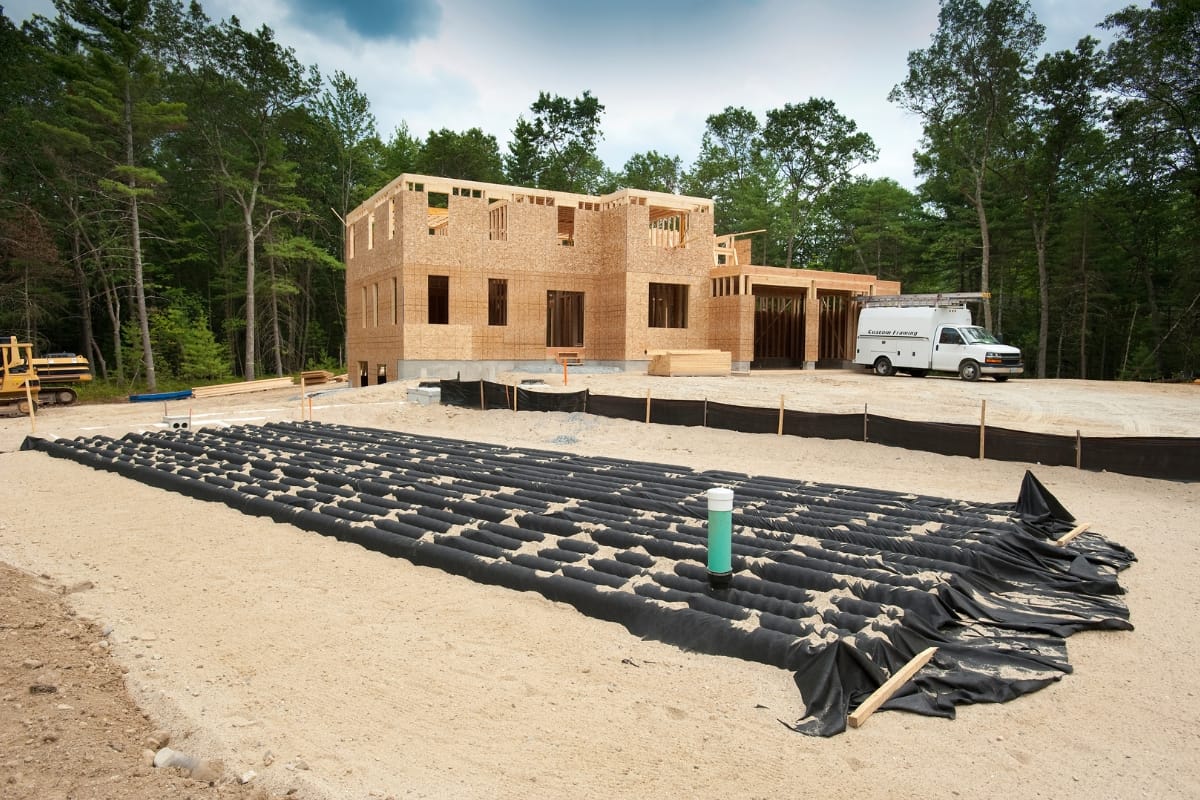
Septic leach fields do more than just handle waste; they play a vital role in enhancing soil health. It’s important to ensure that components like check valves, sump pumps, plastic linings, and gravel layers are installed and maintained properly to support these benefits while preventing any overflow or contamination issues.
Nutrient Recycling and Fertilization Benefits
Septic leach fields contribute significantly to nutrient recycling, which is vital for maintaining soil health. As wastewater is treated, it enriches the soil with essential nutrients, promoting better hygiene and supporting plant growth in the area. This natural process aligns with sustainability goals by helping to regulate nutrient levels and improve overall water quality in the environment.
By treating wastewater in septic system leach fields, the organic materials break down, leading to a healthier soil texture that can support diverse plant life. This not only enhances the surrounding ecosystem but also fosters a sustainable approach to managing waste, ensuring that essential nutrients are returned to the soil effectively.
| Aspect | Benefit |
|---|---|
| Nutrient Recycling | Enriches soil with essential nutrients for plant growth. |
| Hygiene Improvement | Supports healthier environments and reduces pathogens. |
| Water Quality Regulation | Helps maintain clean water sources by filtering contaminants. |
| Soil Texture Enhancement | Improves structure and resilience of the soil. |
| Sustainability | Promotes responsible waste management practices. |
Promotion of Subsurface Microbial Activity
Septic leach fields enhance subsurface microbial activity, which is essential for maintaining a healthy soil horizon. This microbial community thrives under the right conditions, much like those found in wetland ecosystems, where decomposition and nutrient cycling are vigorous.
Plants, such as shrubs, benefit from this increased activity, as the microbes break down organic matter, contributing to the overall health of the soil and making it rich for future growth. Regular evaluation of the leach field systems ensures that these microorganisms remain active and the soil continues to thrive, thus promoting better environmental health.
While septic system leach fields can benefit soil in several ways, they aren’t without their drawbacks. Understanding the potential negative impacts on soil health is essential for maintaining a balanced ecosystem.
Negative Impacts on Soil Health From Leach Fields
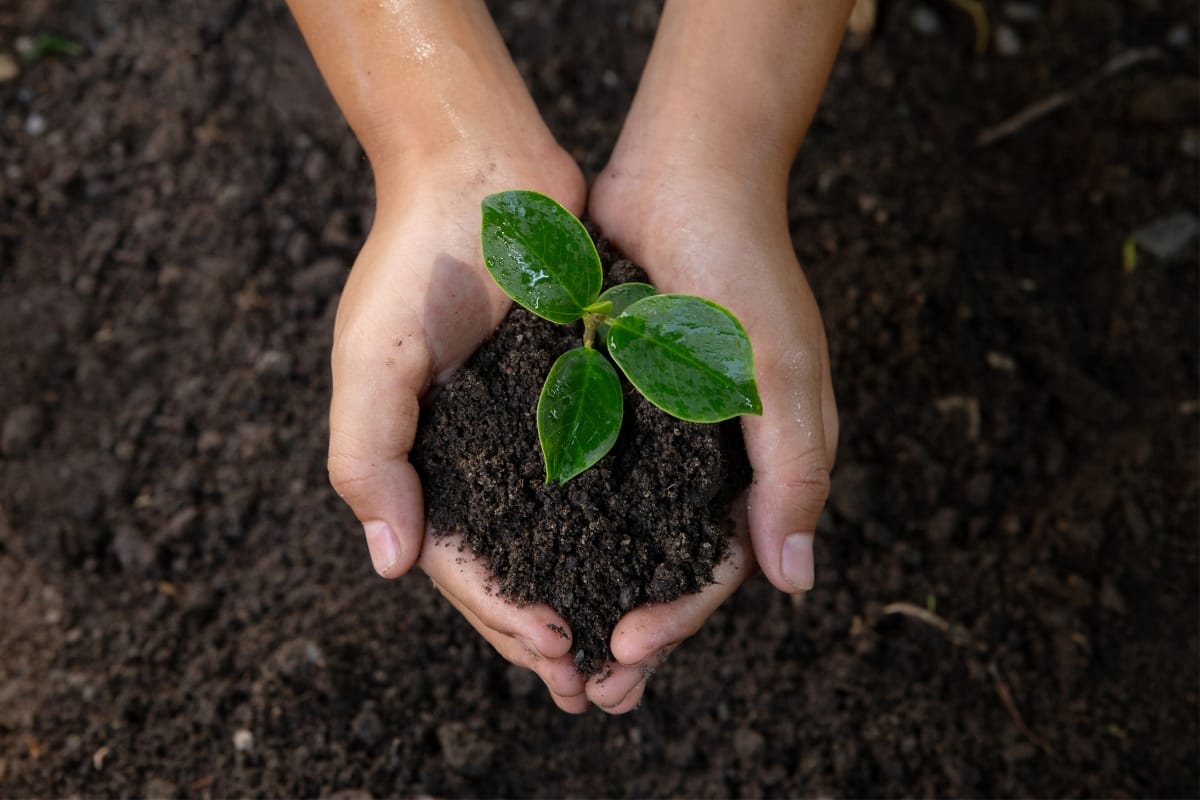
The potential negative effects of septic system leach fields on soil health are crucial to consider.
Keeping an eye on components like float switches and maintaining proper drainage along roads can help mitigate these risks, ensuring that leach fields do not detrimentally affect the surrounding environment, especially when near bedrock or sensitive water sources.
Risks of Soil Compaction and Reduced Aeration
Soil compaction poses several risks to the health of septic system leach fields fields and the organisms that thrive within them. When the soil becomes too compacted, it restricts airflow and reduces aeration, which is vital for microbial processes that break down waste.
In bedroom communities where drip irrigation systems are installed, maintaining proper soil structure is essential to prevent the buildup of oil and contaminants that can compromise the efficiency of wastewater treatment, especially if the leach field is overwhelmed, trying to handle more than a gallon of flow than it can effectively manage.
Contamination From Overflow and System Failure
Overflow from septic system leach fields can lead to significant contamination and create additional issues for soil health. When systems fail, untreated wastewater can seep into the ground, mixing with the soil and introducing harmful elements like silt and organic matter that can disrupt the natural balance.
This contamination can not only affect nearby water sources like lakes but may also contribute to air pollution, especially if improper treatment allows noxious odors to escape and mix with the environment.
The Dangers of Excessive Nitrogen and Phosphorus
Excessive nitrogen and phosphorus from septic system leach fields can lead to serious complications for soil health. When these nutrients seep into the ground, they promote the growth of harmful algae blooms in nearby water sources, which consume oxygen and create dead zones where bacteria struggle to thrive.
Furthermore, soil types like clay can hinder proper infiltration, trapping harmful sludge instead of allowing it to break down effectively, which can lead to increased pollution and degradation of the surrounding ecosystem.
Understanding the negative impacts on soil health from leach fields opens the door to effective solutions. With the right strategies, you can protect and enhance the soil in your landscape.
How to Mitigate Negative Effects on Soil Health
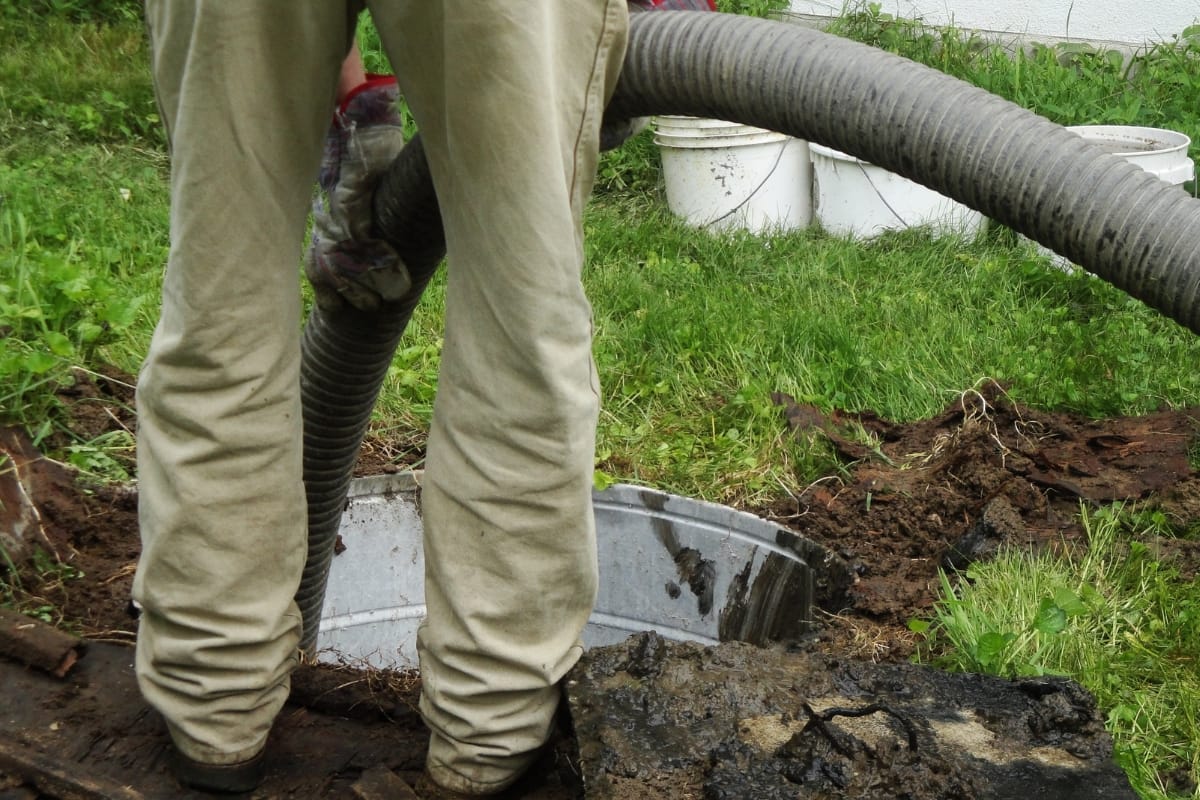
To protect soil health and ensure the effectiveness of septic system leach fields, proper sizing and placement of septic systems are key. These practices form a strong foundation for a healthy ecosystem surrounding septic systems.
Proper Sizing and Placement of Septic Systems
Proper sizing and placement of septic systems is vital for maintaining healthy soil conditions. Ensuring that a system is appropriately designed can prevent issues related to water runoff, allowing the absorption of organic matter into loamy soils, which supports vegetation growth on lawns nearby.
A system that is too large or incorrectly situated may lead to imbalances, affecting the natural landscape’s ability to filter waste effectively over its length.
Regular Maintenance and Inspection Schedules
Regular maintenance and inspection schedules are essential for ensuring the septic system operates smoothly and protects the environment.
By routinely checking components, homeowners can identify issues like petroleum leaks that threaten environmental health. Keeping a close eye on the diameter of pipes and filters can help prevent clogs that may compromise the entire system, promoting environmental protection in the long run.
Incorporating Advanced Treatment Systems
Incorporating advanced treatment systems can significantly improve the drainage capabilities of a septic system and reduce the risk of soil injury from excessive solid waste.
These systems are designed to enhance the breakdown of contaminants while promoting efficient irrigation practices, allowing for better absorption and utilization of treated water in landscaped areas. By investing in technology that optimizes these processes, homeowners can ensure that their septic systems work effectively, protecting both soil health and the surrounding environment.
Healthy soil is the foundation for a thriving septic system. Knowing how to assess its condition can make all the difference in maintaining its long-term efficiency.
The Importance of Soil Testing in Septic System Areas

Soil testing plays a crucial role in maintaining the health of septic system areas, especially when it comes to understanding how they interact with wastewater.
Assessing Soil Properties for System Compatibility
Assessing soil properties is vital for determining the compatibility of a septic drain field with its environment.
Understanding the soil’s texture, such as the presence of sand filters, can significantly improve leaching processes by allowing proper drainage and preventing excess pressure that could lead to system failure.
Additionally, considerations like tillage practices should reflect how they affect soil structure, ensuring that the septic system functions efficiently over time.
Identifying Early Signs of Leach Field Failure
Homeowners should keep an eye out for early signs of leach field failure to avoid larger issues down the line. Unpleasant odors around the dwelling or standing surface water in the yard can indicate that the trench is not functioning properly, hindering the effective decomposition of wastewater. Additionally, visible corrosion on system components or slow drainage in sinks and tubs may suggest that the septic system leach fields are struggling to handle the flow effectively.
- Unpleasant odors around the dwelling
- Standing surface water in the yard
- Visible corrosion on system components
- Slow drainage in sinks and tubs
Soil testing lays the groundwork for a successful septic system, but advancements in technology are taking things to new heights. Get ready to discover how innovative solutions are revolutionizing septic systems for better performance and efficiency!
Innovative Solutions in Septic System Technology

Handling wastewater effectively has spurred the development of innovative solutions that enhance soil health and address common challenges in septic systems. These technologies not only offer practical benefits but also promise to safeguard the health of local ecosystems.
Exploring Aerobic Treatment Systems
Aerobic treatment systems offer an efficient way to manage wastewater, enhancing percolation of liquid through the soil. These systems utilize oxygen to break down organic materials effectively, maintaining food safety by minimizing pathogens in sewage treatment processes. This results in cleaner water that can safely enter local streams, supporting overall soil health and environmental stability.
- Utilization of oxygen for efficient waste breakdown
- Enhanced percolation for better liquid management
- Improved food safety by minimizing pathogens
- Protection of nearby streams and ecosystems
The Benefits of Constructed Wetlands for Wastewater
Constructed wetlands serve as an excellent method for treating wastewater while promoting healthy soil conditions. These systems mimic natural processes, allowing plants and microorganisms to effectively filter and break down contaminants, which is crucial for public health and environmental stability.
By adhering to local law regarding wastewater management, constructed wetlands can prevent system failure and offer an eco-friendly alternative to traditional methods, reducing reliance on portable toilets during high-demand situations, like ticketed events or construction sites.
Advancements in Effluent Filtration Methods
Advancements in effluent filtration methods are revolutionizing how wastewater is treated before it interacts with the soil.
These modern systems improve the absorption capabilities of septic system leach fields by ensuring that contaminants are thoroughly filtered, allowing for cleaner effluent to flow through the septic drain field pipe and into the environment. Such innovations not only enhance soil health but also reduce the risks of pollution caused by untreated wastewater.
| Advancements | Description |
|---|---|
| Enhanced Filtration Systems | Using advanced materials to improve contaminant removal from wastewater. |
| Multi-Stage Filtration | Implementing processes that filter wastewater in multiple layers for better purification. |
| Real-Time Monitoring | Utilizing technology to monitor effluent quality and ensure optimal performance. |
| Biological Filters | Creating systems that promote microbial activity to break down waste effectively. |
Conclusion
A properly functioning septic tank drain field can play a vital role in promoting healthy soil by effectively filtering and breaking down wastewater. However, when leach fields are not maintained correctly, they can lead to soil contamination and environmental issues.
To ensure your septic system supports soil health rather than harming it, regular inspections and maintenance are crucial. Trust the professionals at Smart Septic Pros to manage your septic needs with expertise and care. Contact us at 678-993-4545 or fill out our online contact form to schedule a consultation and protect your soil health today.
